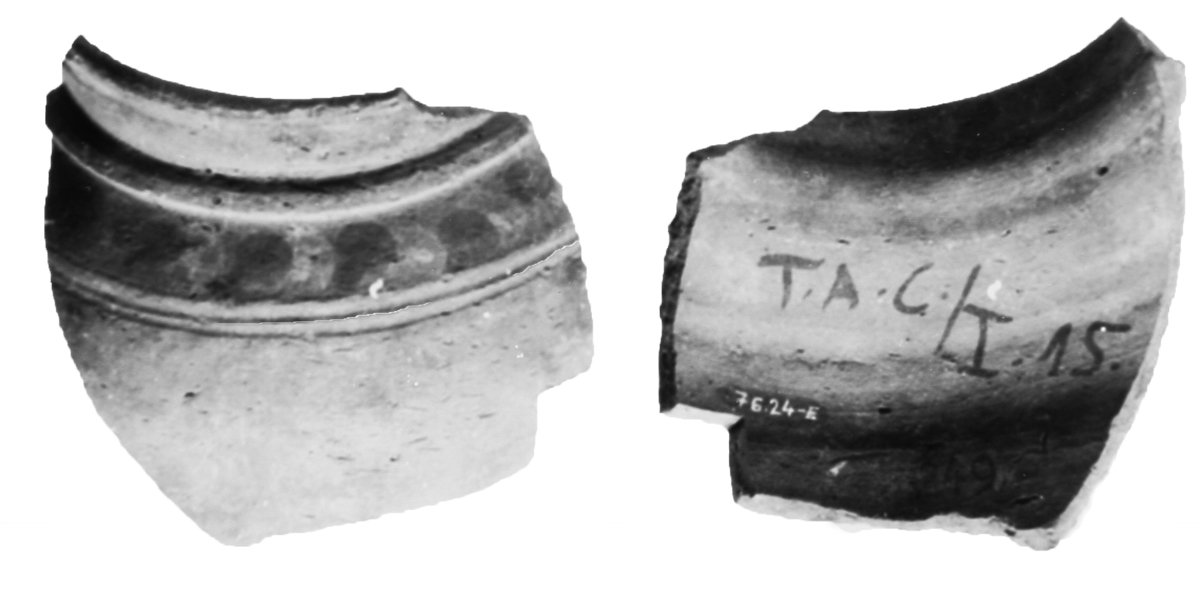
Vessel Fragment
Egyptian Art
| Place of production | Egypt |
|---|---|
| Date | 3rd-1st centuries B.C. |
| Object type | sculpture |
| Medium, technique | Limestone |
| Dimensions | 19 x 22 x 7 cm |
| Inventory number | 60.11-E |
| Collection | Egyptian Art |
| On view | Museum of Fine Arts, Basement Floor, Ancient Egypt, Temples and gods |
In Ancient Egypt the figure of the grey heron with a long beak and a double feathered crest was surrounded by mythical associations. When the flooded Nile waters slowly retreated, the heron was among the first birds to appear on the top of the mounds protruding from the water. In the morning light the graceful figure of the bird was associated by Egyptians with the sun disc rising from the surface of the water at dawn. The heron’s cult center was Heliopolis, the sacred city of the sun god. It is, therefore, not fortuitous that the phoenix bird became the symbol of birth and rebirth.
The bird appearing with the beams of the rising sun was naturally connected to the myth of Osiris and thus the belief of Egyptians in the afterlife. In some depictions the phoenix wears the atef-crown of Osiris and it plays an important role in the texts of the Book of the Dead. A phoenix bird placed on a mummy brought magical help for the deceased, important for him or her in the afterlife. The sunk figure incised into the stone tablet that can be seen here was used to make amulets: the bird thus modelled from wax or plaster was placed among the layers of mummy bandages.
This record is subject to revision due to ongoing research.